#wildlife: uk
Text

A common greenshank (Tringa nebularia) fishing for food in Shropshire, UK
by Dale Harding
#common greenshank#sandpipers#birds#tringa nebularia#tringa#scolopacidae#charadriiformes#aves#chordata#wildlife: uk#wildlife: europe
40 notes
·
View notes
Photo


chaitdeshphotography
#animal crossing#deer#forest#wildlife#ethical wildlife photography#UK#misty morning#curators on tumblr
8K notes
·
View notes
Text
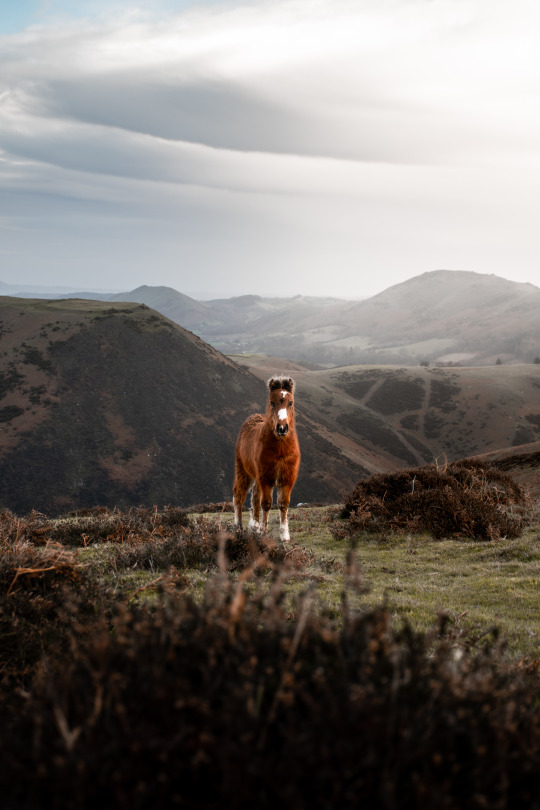
The sweetest young wild pony high up on the Long Mynd just before all the rain and sleet came howling through.
Shropshire, UK
#alexmurison#nature#wildlife#pony#wild pony#shropshire#uk#travel#wandering#wander#wanderlust#explore#walking#explore more#wilderness#walk#hiking#adventure#lensblr#hills#cute#beautiful#landscape#photography#photographers on tumblr#original photography blog#nature photography#landscapes#mountains
636 notes
·
View notes
Photo

Photograph: Kay Roxby
#frog#uk#wildlife#animals#nature#photography#cute#fauna#cute animals#wildlifephotography#peace#peace photography
867 notes
·
View notes
Text

Great northern diver
#great northern diver#common loon#sea birds#nature#nature photography#nature lovers#wildlife#yorkshire#yorkshire coast#east coast#uk#outdoors#outdoor photography#photographers on tumblr#original content#original photographers#original work#all my own work
260 notes
·
View notes
Text
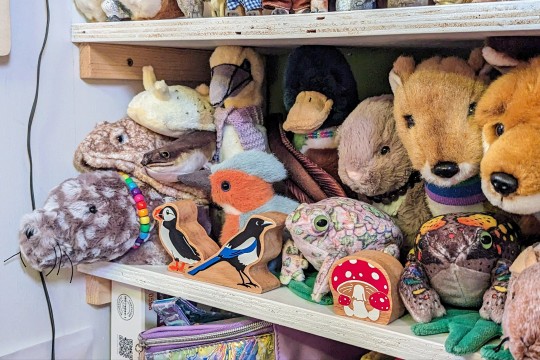

Just been arranging a British wildlife themed shelf this evening!
#its directly underneath my Australian wildlife shelf which is sorta funny#plushie#toys#toy collection#not so sure if these toads are Exactly a uk species but close enough. we have toad.#also the seal is Apparently a leopard seal but tbh he looks pretty generic seal to me! he can pass as a uk species too
405 notes
·
View notes
Text
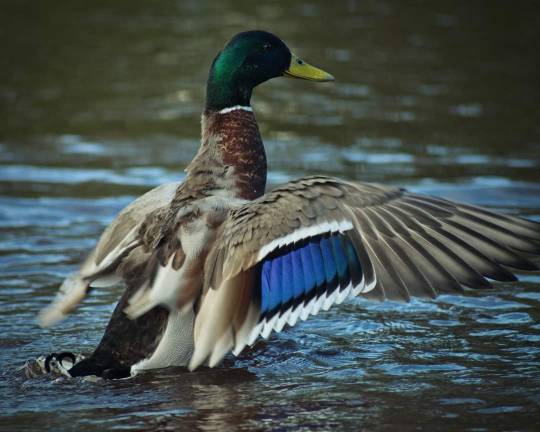
Mallard duck. Pentax k20 and sigma 70-300
#photography#nature#photographers on tumblr#uk wildlife#animals#artists on tumblr#bird photography#birds#duckies#ducks#cute animals#cute#birding#bird watching#pentax
88 notes
·
View notes
Text
the wild thing about the beavers in omen of the stars is like. there’s no fucking way they wouldnt have been relocated
the lake was natural, so it’s not like “boohoo rich people too bad about your giant swimming pool.” the local environment was falling apart without the lake and youre telling me that no wildlife office was making plans to transport those beavers somewhere else??? people were set up taking pictures of them when the cats got there
#does the uk just not have wildlife officers. is that it.#do yall not have a game and fish commission over there
63 notes
·
View notes
Text
While white-tailed eagles, bustards and cranes were also all much more common than they are today, some other now-ubiquitous species were much less common before the industrial revolution. Rabbits were still mainly a coastal species except in lowland England, and roe deer were found wild only in the north of Scotland and Eryri (Snowdonia) in north-west Wales. There were no grey squirrels, and brown rats were only introduced at the very end of the period.
On the other hand, red squirrels and ship rats were still widespread, and pine martens and “Scottish” wildcats were also found in England and Wales. Fishers caught burbot and sturgeon in both rivers and at sea, where they also pulled in plentiful amounts of tuna and swordfish, as well as now-scarce fishes such as the angelshark, halibut and common skate. Threatened molluscs like the freshwater pearl mussel and oyster were also far more widespread.
270 notes
·
View notes
Text



Day two of posting my photography 📷
A Red Panda at Birmingham Wildlife Conservation Park in 2019! A warm sunny day and all of the animals were out enjoying the sunshine ☀️
105 notes
·
View notes
Text

A snow bunting (Plectrophenax nivalis) in the United Kingdom
by Graham Thurlow
#snow bunting#birds#plectrophenax nivalis#plectrophenax#calcariidae#passeriformes#aves#chordata#wildlife: uk#wildlife: europe
1K notes
·
View notes
Photo

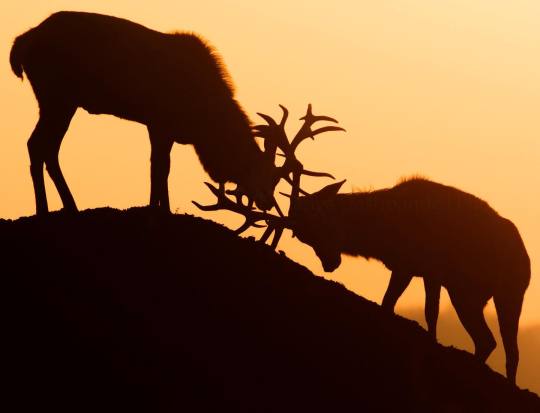


chaitdeshphotography
3K notes
·
View notes
Photo

Mountain Hare on the moors
#wildlife#uk wildlife#nature#hare#mamal#outdoors#wildlife photography#photography#original photography#photographers on tumblr#art#artists on tumblr#lensblr#pic of the day
530 notes
·
View notes
Text

Wtf
#this is from uk#ITS YOUR ANIMAL#some jurisdictions really give cats the legal benefits of both wildlife and pets simultaneously
65 notes
·
View notes
Text
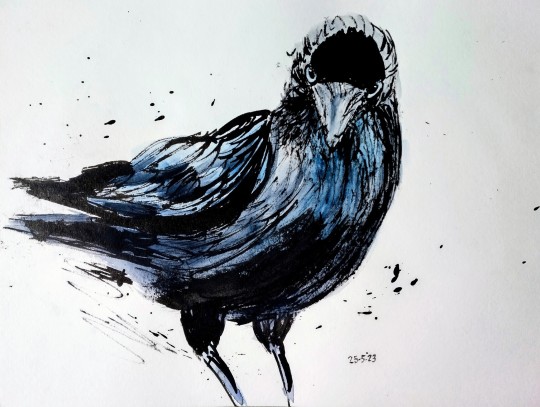
I looked up the etymology of jackdaw and it was kinda interesting. Apparently it's comprised of the old word 'daw' meaning a chough (a different UK corvid) and 'jack' being the 16th century equivalent of calling a bird the Lesser Whatever. Over time chough stopped being called daws and jackdaws got left with the extinct word in their name.
I wonder if the phrase 'jack shit' has the same linguistic roots.
353 notes
·
View notes
Note
Introducing bison to Britain is honestly such a stupid idea. To start with, if you look it up European bison have never been native to the uk, they’re just related to the forest bison which WAS native, but also went extinct in the Pleistocene, some 12,000 years ago. I don’t feel like you can call introducing a species which is related to a different species that went extinct when there were hippos and lions in Britain reintroduction. And there really aren’t that many places for them to go either. Nature reserves and forests big enough to support a population of bison generally already have an established population of wild ponies that they’d compete with, and a lot of the time farmers have grazing rights for their sheep and cattle on common land as well. Plus there’d be no way for the bison to travel between them so there’d be no population mixing. The current “rewilding” project is basically just 3 European bison in a private zoo in some Kent woods, and it’s really difficult to see how it could ever be more than that.
Ah, I see. I hadn’t realized the bison in the UK were not only a different species from wisents altogether but also not found there since the Pleistocene.
So would you perhaps say that, pardon, the UK wants to release random [Eastern European] animals into their ecosystem?
#/lh#but this revelation is quite literally the funniest possible twist in this saga#I was slightly off but in general terms I was also RIGHT because they are releasing non-native wildlife there#This entire ride has been incredibly funny from beginning to end#at least the beavers are native to the UK lol#I hope the slow worm project goes well at least#and I wish the lynx and wolf project had a snowballs chance in hell#I don’t remember bullet point three but best of luck to that too
2K notes
·
View notes